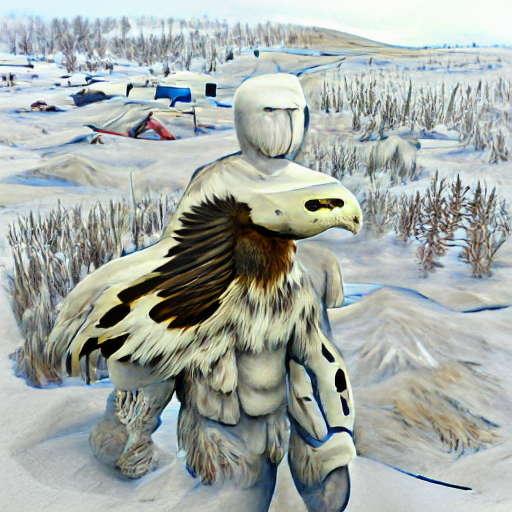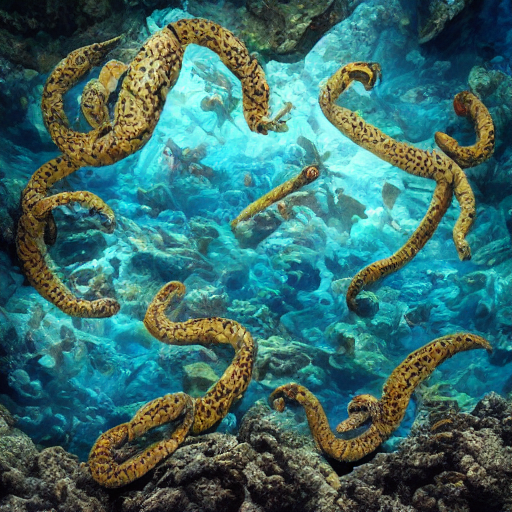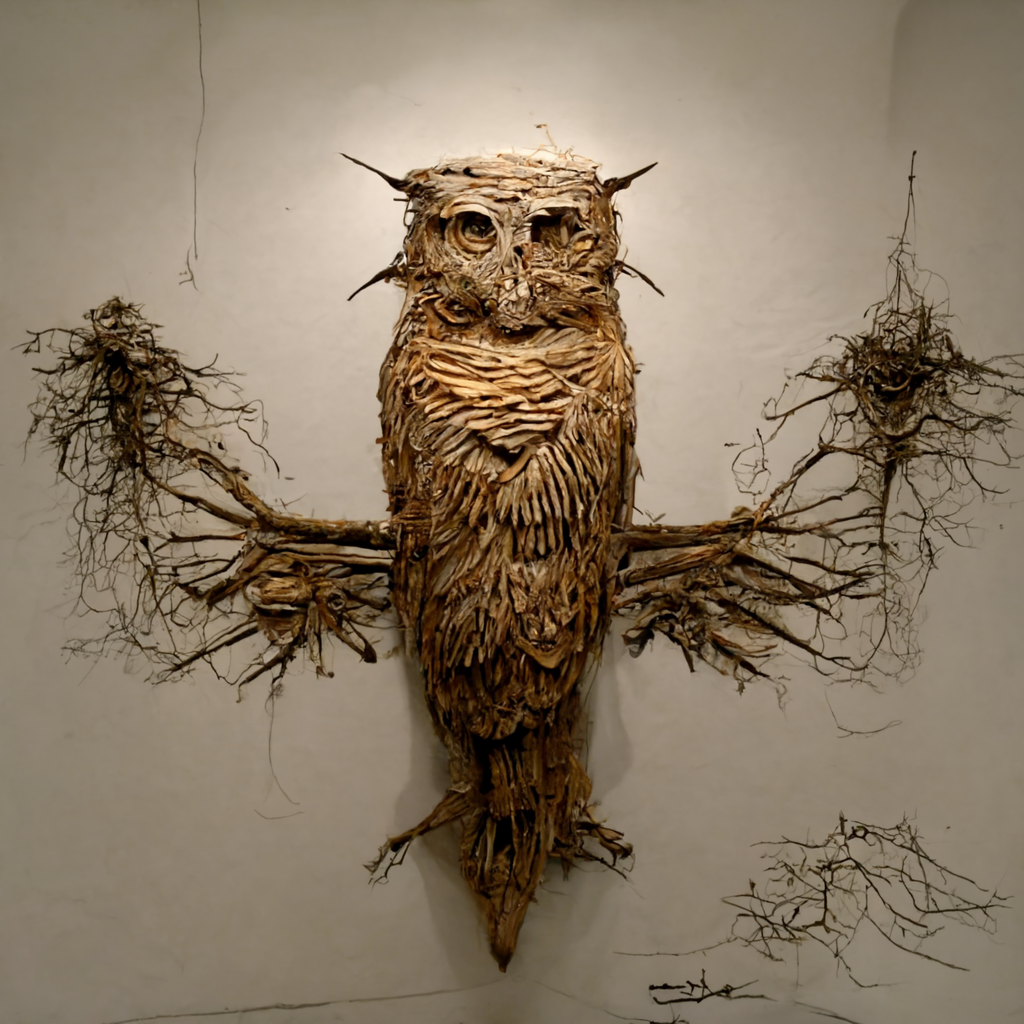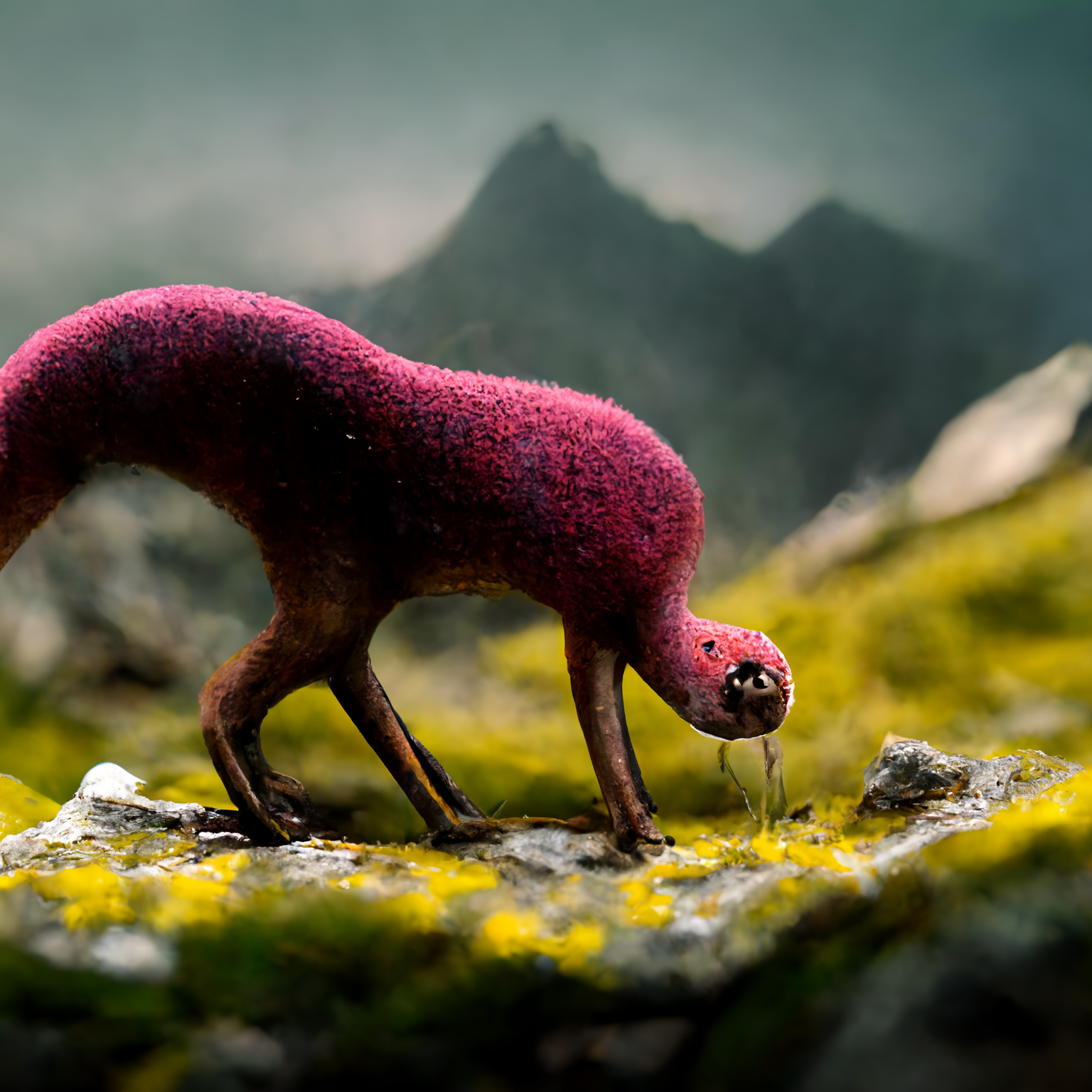

Dacagoths are small, fluffy mushroom-like creatures that live in grottos and caves. They are about the size of a human thumb and are typically a light shade of gray. They spend most of their time sleeping and eating the rocks and fungus of the caverns they inhabit. After several years, they reach maturity and gain the ability to shed their sentience and become a regular mushroom.
Explore an endless universe of ficticious life on NovelGens.





